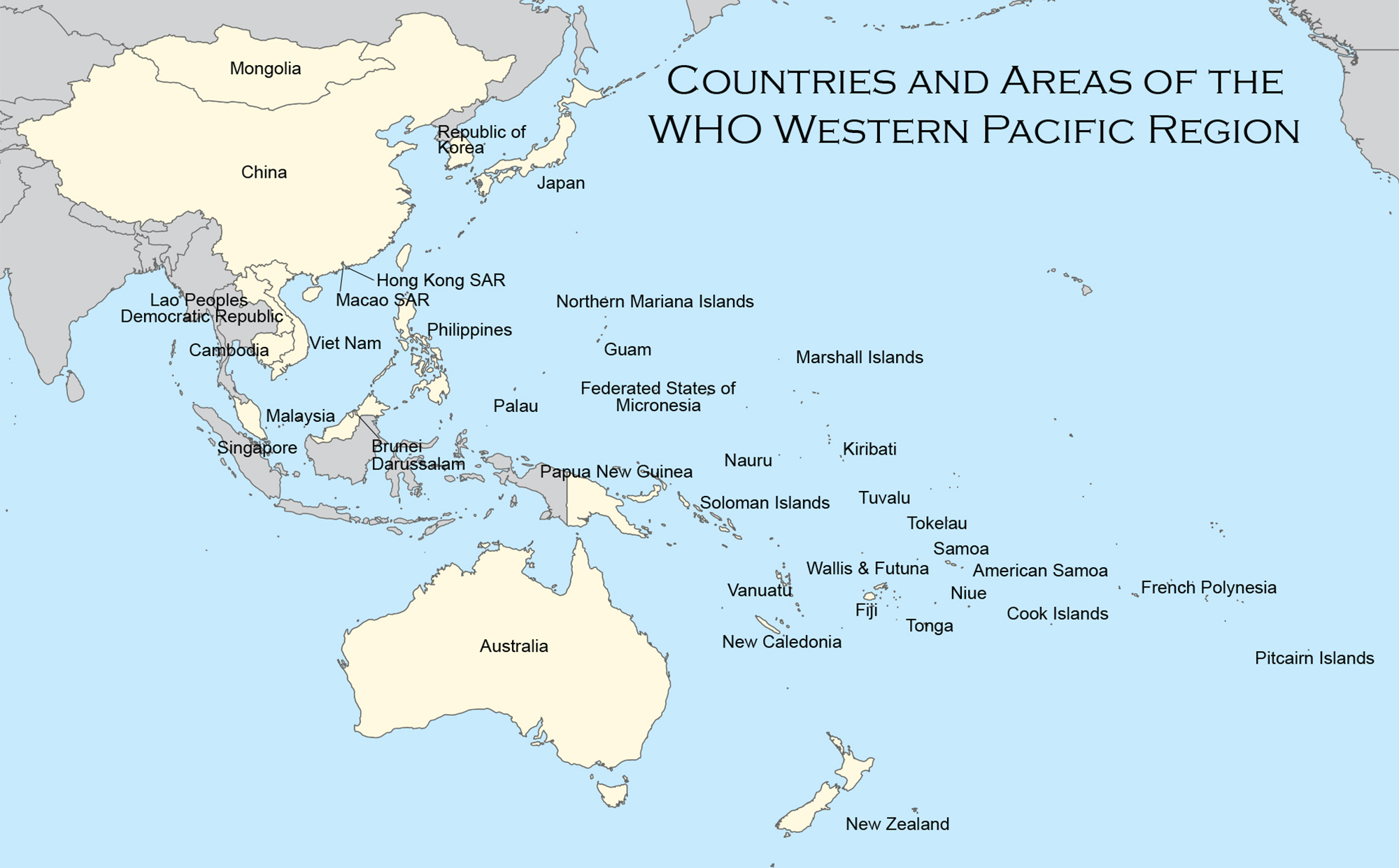
Pacific Islands
Asthma prevalence increases as the economy develops
Asthma Burden
The considerable variation in asthma prevalence in the Pacific Islands, as determined in the ISAAC Phase III studies in the Pacific two decades ago, appears to have not changed much. At that time, childhood asthma ranked among the top 10 leading causes of childhood morbidity in some countries. In the past 10-15 years in Tonga, for example, it accounts for less than 2% of annual respiratory admissions with severe or life-threatening asthma admissions occurring only once every few years.
The need to improve asthma management
The inhabitants of the islands in the Pacific Ocean are geographically scattered, with contrasting political systems and varying stages of economic development which has a direct bearing on asthma management. This determines affordability of medicines and tools for asthma management regardless of human resources. Some countries rely on a single medicine for asthma prevention, such as inhaled beclomethasone, in the country’s essential medicines list, and sharing spacers and peak flow meters in hospital wards also occurs. In contrast, other Pacific Islands such as Niue, a self-governing state in free association with New Zealand, can afford free access to the above tools, long-acting β2-agonists (LABA) and various metered dose inhaler (MDI) steroids provided by the state. Written asthma self-management plans, a given in developed countries, has not been part of asthma management in most if not all Pacific Islands. The existence of some asthma management guidelines for outpatient and inpatient asthma management does not necessarily translate to national practice with some of the children managed in the private clinics.
Challenges
The ISAAC findings further documented that the asthma prevalences among Pacific Island children in their traditional homelands were considerably lower than have been observed among Pacific children living in New Zealand.
Admittedly, there have not been any studies or follow up studies in the Pacific Islands involved in ISAAC using a standardised methodology and instruments to determine asthma prevalence and trends. There is a need for such a study. A repeat study is of particular interest because many Pacific Island countries that retained their traditional diets, lifestyle and management processes during ISAAC Phase III have become increasingly ‘westernised’ as well as in their exposure status to a changing environment. The arrival of COVID-19 adds to the impact, as well as dramatic environmental changes such as the devastating atmospheric pollution from Tonga’s recent volcanic eruption. A repeat study would inform further on the role of environmental factors on asthma prevalence, and that children who migrate can experience an altered risk of asthma as a result of exposure to a new environment during childhood. Additionally this information would provide further information that would be of value for assessing trends in global asthma burden, causes and control.
